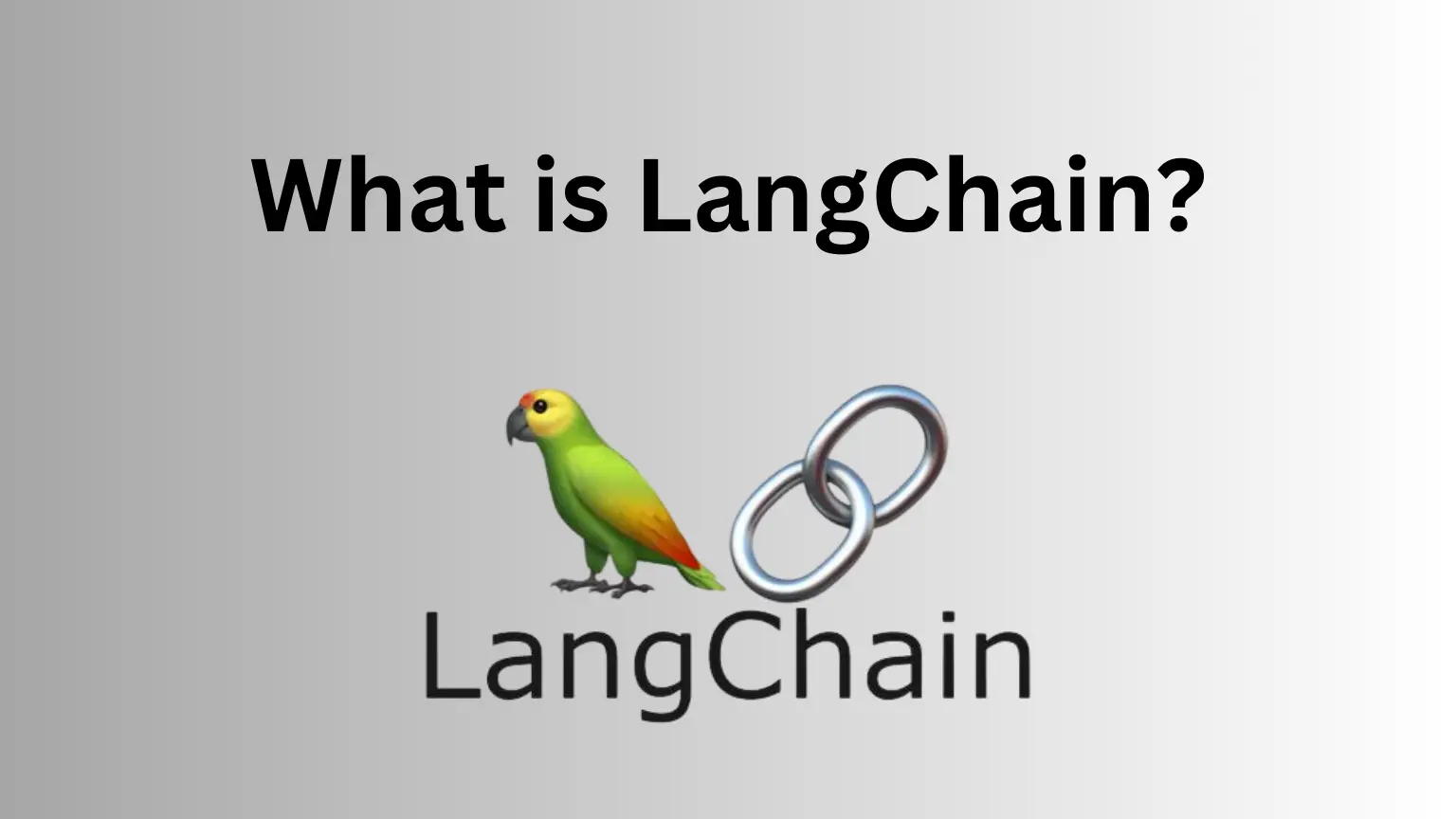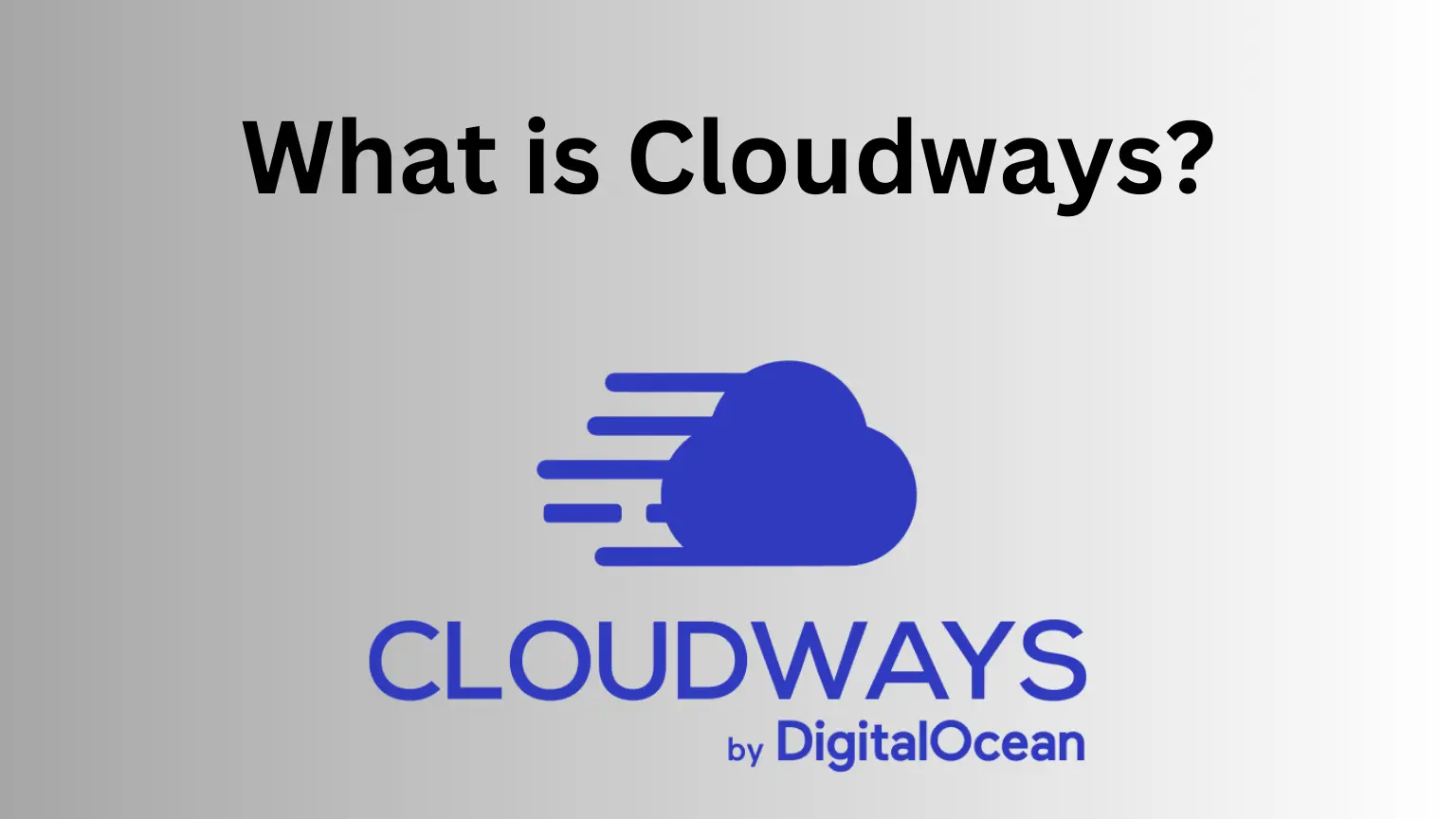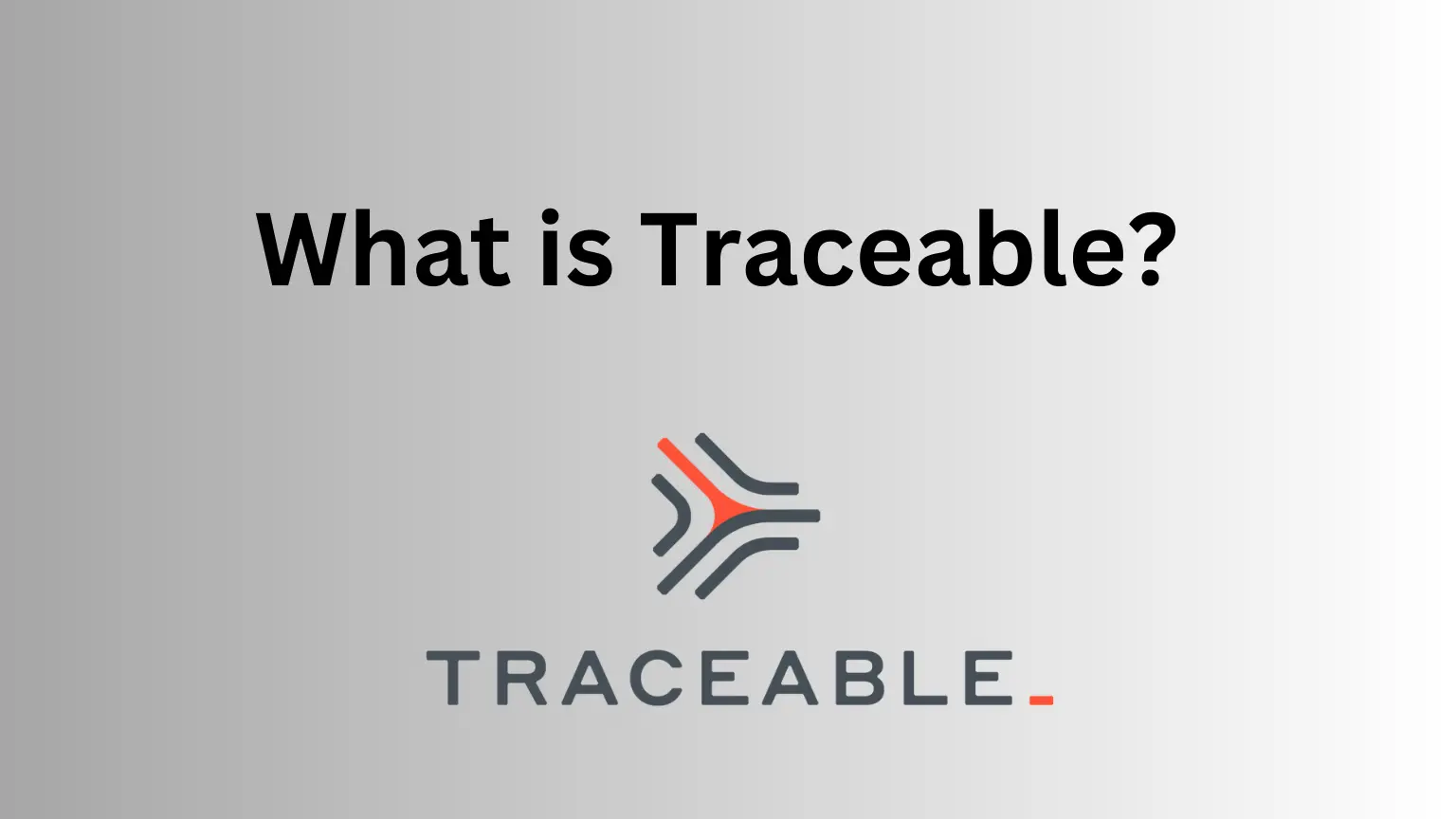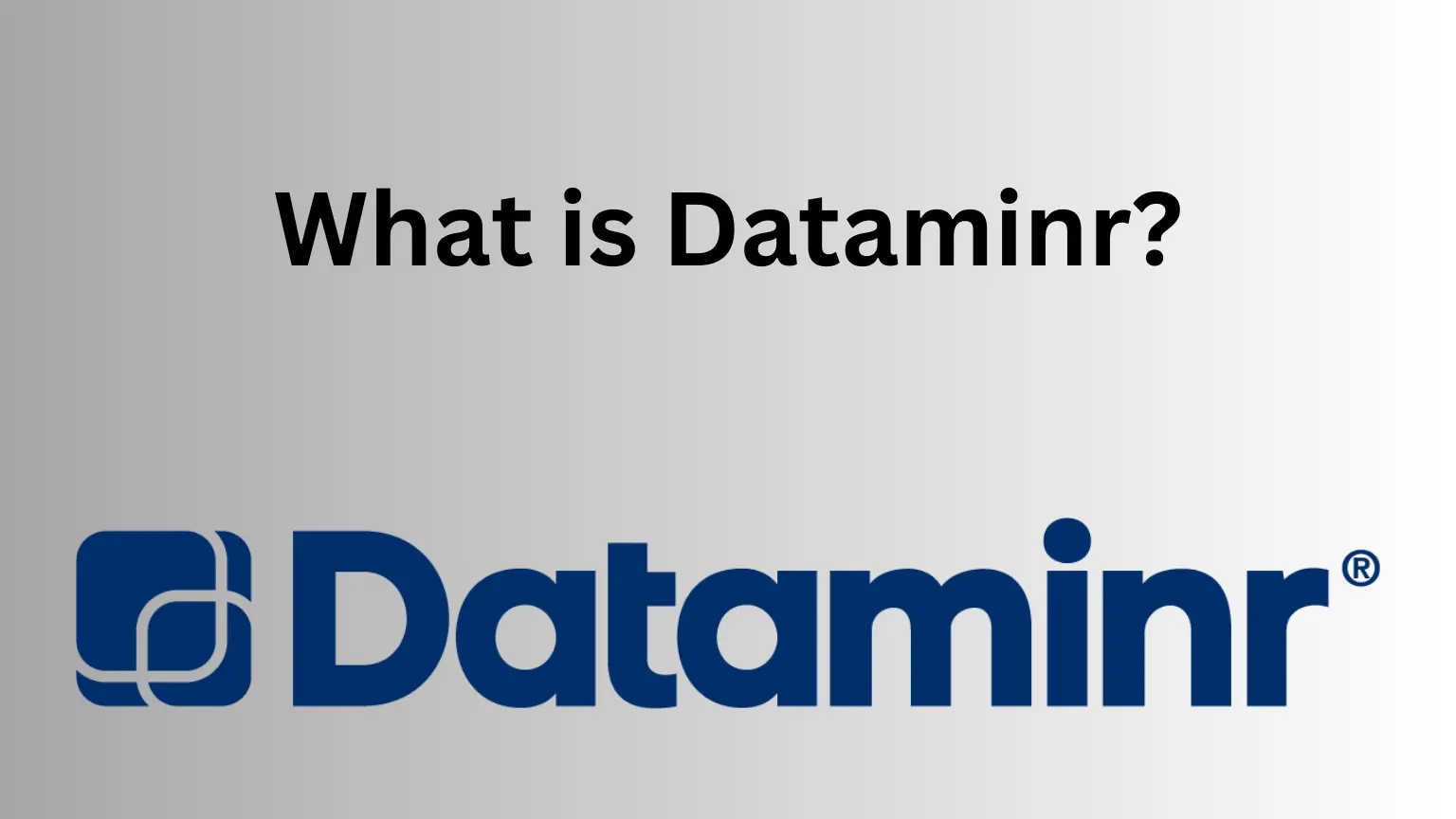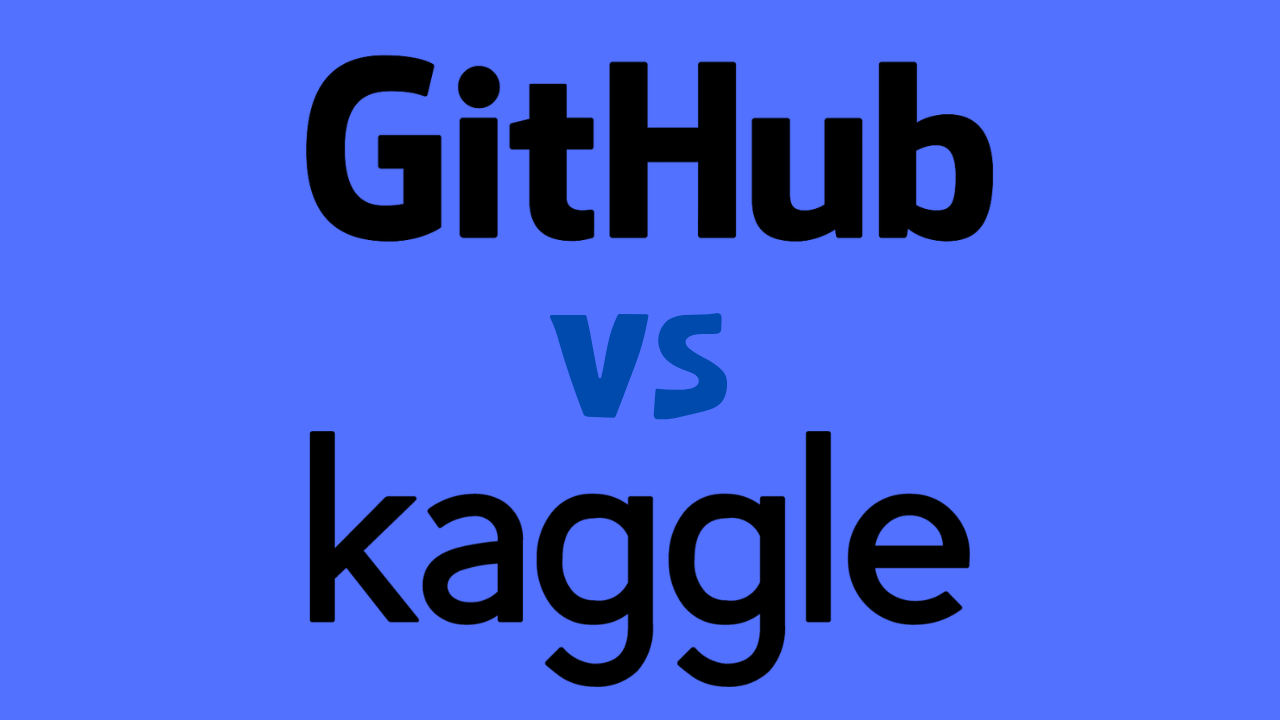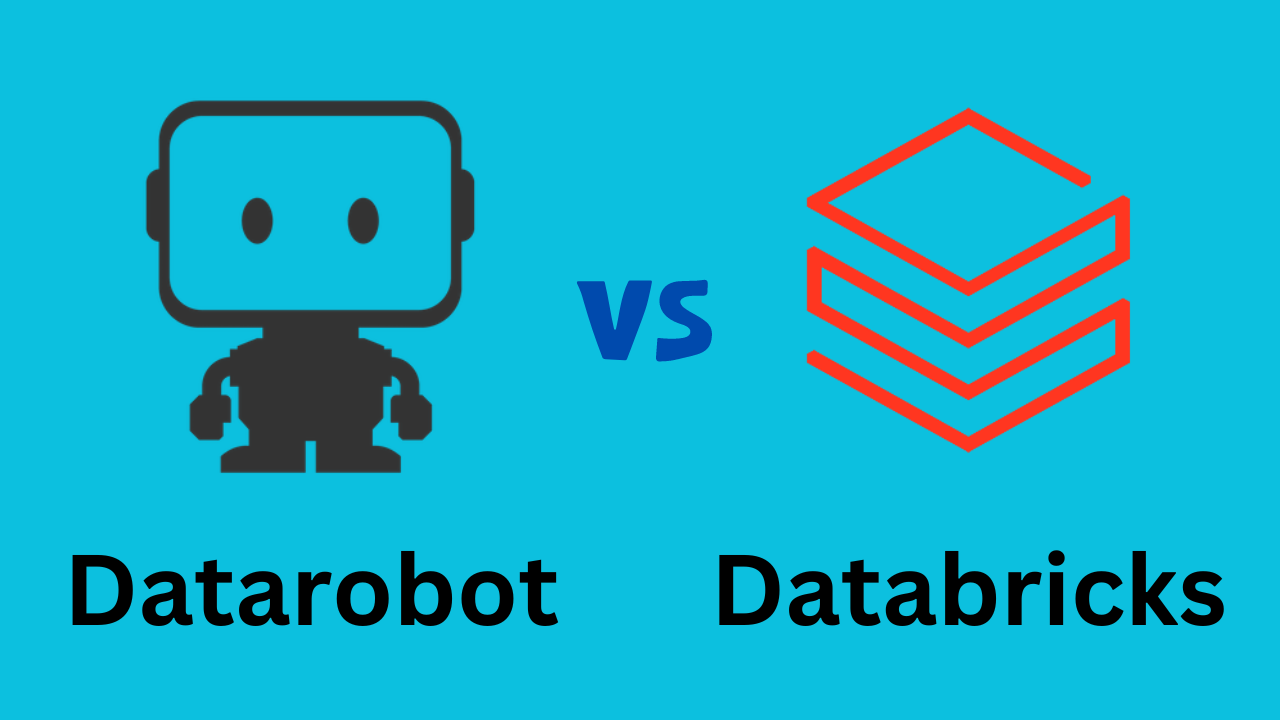In this blog post, we’ll explore the technical and architectural differences between Redshift and Snowflake, as well as their strengths and weaknesses in areas such as performance, scalability, ease of use, and pricing.
By the end of this guide, you’ll have a better understanding of which platform is best suited for your specific use case and requirements. So, whether you’re a data analyst, data engineer, or business owner, read on to discover which platform reigns supreme in the battle of Snowflake vs Redshift.
What is SnowFlake?
Snowflake is a SaaS-based data platform that can run on any of the major cloud providers like Amazon Web Services (AWS), Microsoft Azure, or Google Cloud Platform (GCP).
In its simplest form, Snowflake helps you consolidate and aggregate your data into a single, centralized platform to tackle analytics use cases. These workloads include data warehousing, data lakes, data engineering, application development, data sharing, and business intelligence.
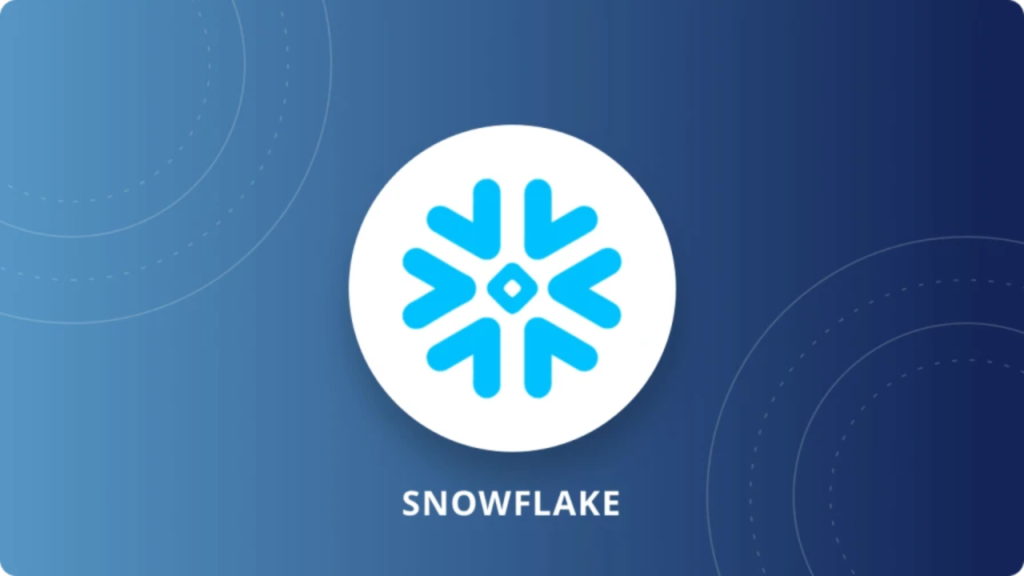
What Special Snowflake has to Offer?
1: Data Warehousing:
Snowflake provides a cloud-based data warehousing solution that allows users to store and analyze large amounts of data in a centralized location.
2. Data Lakes:
Snowflake can also be used as a data lake, which is a storage repository that holds a vast amount of raw data in its native format until it is needed.
3. Data Engineering:
Snowflake provides a platform for data engineers to build, test, and deploy data pipelines that can process and transform data from various sources.
4. Application Development:
Snowflake can be used as a backend data store for web and mobile applications, providing a scalable and secure solution for storing and retrieving data.
5. Data Sharing:
Snowflake allows users to share data securely with other users and organizations, enabling collaboration and data monetization.
What is Redshift?
Amazon Redshift is a traditional data warehouse designed to tackle Business Intelligence use cases, among other things. However, whereas Snowflake is a SaaS offering, Redshift is a PaaS (Platform-as-a-Service) solution.
AWS Redshift was one of the first cloud data warehouses to become available on the market, officially launching in 2013. Like Snowflake, Redshift lets you query data using SQL for various analytics.
Datarobot vs Databricks – An Ultimate Comparison
Key Features of Redshift
1. PartiQL:
Redshift supports PartiQL, which is a query language designed to process semi-structured data more efficiently.
2. Node Types:
Redshift offers several node types, giving users more control and flexibility over how they configure clusters.
All nodes within a cluster are automatically partitioned into slices, each representing an allocated portion of an individual node’s disk and memory space.
3. Storage
Storage within Redshift is duplicated from S3, so you can compress and store data in a columnar format, just like Snowflake.
Snowflake Vs Redshift – Which One is the Best?
Ultimately, the choice between Snowflake and Redshift will depend on your specific use case, budget, and technical requirements. Snowflake is known for being user-friendly and designed to work straight out of the box with immediate value.
It has a unique auto-scaling feature that allows you to automatically spin up more computing resources to handle any query. Snowflake also supports an extensive ecosystem of third-party partners and integrates directly with many different technologies like Fivetran and dbt.
On the other hand, Redshift is a much older platform than Snowflake, so it carries some legacy baggage. You’re forced to set up infrastructure and configure hardware before you can start seeing value. Redshift integrates natively with the rest of the AWS ecosystem (e.g., AWS Glue and Sage Maker.)
If you are operating a lot of on-premises technology that doesn’t integrate easily with cloud-based services, Redshift will likely be a better option unless you want to undergo a full migration and move all of your data to the cloud. It’s much easier to optimize for cost in AWS Redshift for additional savings, but you’ll most likely see slower performance.
In summary, both Snowflake and Redshift have their strengths and weaknesses, and the best choice will depend on your specific needs and use case.
Snowflake Vs Redshift – Pricing and Data Support
Navigating Security Strategies: Defense in Depth vs Layered Security
Snowflake Vs Redshift – In Terms of Pricing
In terms of pricing, Redshift offers a serverless option for users who don’t want to provision and scale hardware. With this option, Redshift automatically scales up or down to meet the requirements of analytic workloads and shuts down during periods of inactivity.
Consumption is calculated per minute based on RPU (Redshift Processing Unit) hours. The price for an RPU is $0.45 per hour. Snowflake, on the other hand, offers a consumption-based pricing model, which means you only pay for what you use. Snowflake also offers a unique feature called “Snowflake Credits,” which allows you to pre-purchase credits at a discounted rate and use them to pay for your usage.
In terms of data support, both Redshift and Snowflake support structured and semi-structured data, including JSON, Avro, and Parquet. However, Snowflake has a slight edge in this area, as it supports more data types than Redshift, including XML, ORC, and CSV.
It’s worth noting that pricing and data support are just two factors to consider when choosing between Redshift and Snowflake. Other factors, such as performance, scalability, and ease of use, may also be important depending on your specific use case.
Summary
So, we have explored the technical and architectural differences between Redshift and Snowflake, as well as their strengths and weaknesses in areas such as performance, scalability, ease of use, and pricing. While both platforms have their pros and cons, the best choice will depend on your specific needs and use case.
Ultimately, Redshift is a better option if you’re operating a lot of on-premises technology that doesn’t integrate easily with cloud-based services, while Snowflake is known for being user-friendly and designed to work straight out of the box with immediate value. By the end of this guide, you’ll have a better understanding of which platform is best suited for your specific requirements.


